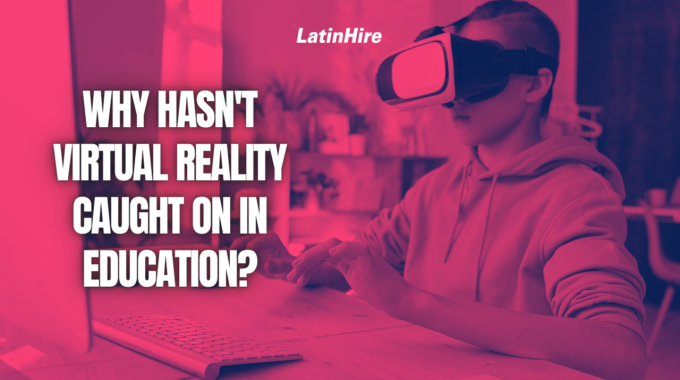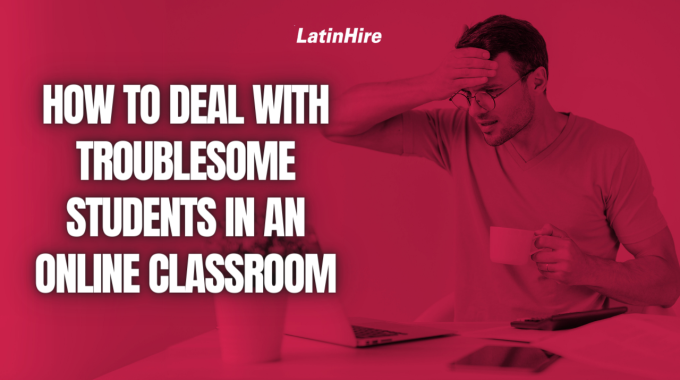Online education has become a crucial part of a student’s learning journey, offering flexibility and…

Why hasn’t virtual reality caught on in education?
Virtual reality (VR) has long been seen as a promising technology for education, offering immersive, interactive experiences that can enhance learning and engagement. However, despite its potential, VR has yet to achieve widespread adoption in educational settings.
In this post, we will explore the current status of VR in education and discuss some key reasons why it hasn’t caught on as anticipated.
1) Costs

VR technology, including headsets and content development, can be relatively expensive for educational institutions. Budget constraints often hinder schools and educators from investing in VR equipment and experiences. The high cost of quality VR content creation remains a barrier for many educators.
2) Limited Research
While initial studies suggest the benefits of VR in improving learning outcomes and engagement, comprehensive research is still in its early stages. The lack of robust evidence supporting VR’s effectiveness in education makes decision-makers hesitant to fully embrace the technology.
3) Practical Concerns

VR can be physically isolating, as students are immersed in virtual environments while wearing headsets. This isolation raises concerns about monitoring student progress, engagement, and interaction during VR experiences. Safety considerations, such as motion sickness and potential injuries, further complicate VR implementation in classrooms.
4) Accessibility Challenges
While VR has the potential to create inclusive learning experiences, accessibility remains a significant challenge. Ensuring that VR content meets the needs of all learners, including those with disabilities, requires careful consideration and adaptation. Making VR experiences accessible to all students, regardless of their physical or cognitive abilities, is a crucial aspect that requires further exploration.
5) Evolving Nature of VR

VR technology is continually evolving, with new advancements and improvements being made regularly. As VR becomes more accessible and user-friendly, the adoption of VR in education is likely to increase. Educators and schools need time to adapt to the ever-changing landscape of VR technology before embracing it fully.
6) Content Availability
The availability of high-quality educational VR content is still limited compared to traditional teaching resources. Developing immersive and engaging VR experiences requires specialized skills and resources, which may not be readily available to all educators. The lack of diverse and comprehensive VR content across various subjects and grade levels limits its integration into the curriculum.
7) Teacher Training and Support

Integrating VR into the classroom requires adequate training and support for teachers. Educators may need guidance on how to effectively incorporate VR experiences into lesson plans and align them with educational objectives. Insufficient training opportunities and ongoing support can hinder the adoption of VR as an instructional tool.
While virtual reality holds immense promise for revolutionizing education, several obstacles hinder its widespread adoption. What do you think of VR in education? Let us know in the comments below!



